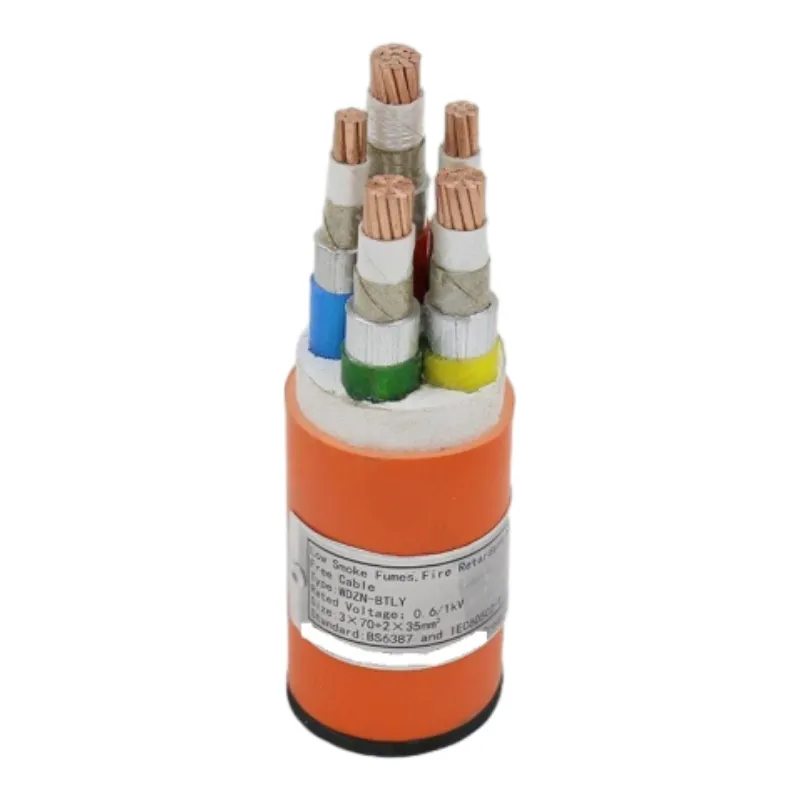Sep . 21, 2024 19:26 Back to list
lugged butterfly valve
Understanding the Lugged Butterfly Valve A Comprehensive Guide
The lugged butterfly valve is an essential component in many industrial applications, playing a crucial role in controlling the flow of fluids. This type of valve is widely recognized for its ability to efficiently manage both the flow and pressure within a pipeline system. Its design and functionality make it an ideal choice for various industries, including water treatment, HVAC, and chemical processing.
What is a Lugged Butterfly Valve?
A lugged butterfly valve consists of a circular disc, or butterfly, positioned within the pipe. The valve's unique lug design features threaded inserts on each side of the valve body, allowing it to be bolted directly to the pipeline. This design eliminates the need for a downstream flange, making it easier to install and replace. The butterfly disc is rotated by a handle or actuator, allowing for quick and precise adjustment between the open and closed positions.
Key Benefits
1. Versatility Lugged butterfly valves can be used in a wide range of applications, from controlling the flow of water and air to handling corrosive and high-temperature fluids. Their versatility makes them an essential tool in various industries.
2. Space Efficiency The compact design of the lugged butterfly valve saves significant space compared to other valve types, such as gate or globe valves. This is particularly advantageous in areas where space is limited.
lugged butterfly valve

3. Cost-Effectiveness In terms of initial investment and maintenance, lugged butterfly valves tend to be more cost-effective than traditional valve types. Their simplistic design requires fewer materials and reduces manufacturing costs.
4. Ease of Installation The lug design allows for easier installation and replacement without the need for additional tools or complex assembly. This is particularly beneficial for maintenance crews, saving time and reducing labor costs.
Operating Principle
The operating principle of a lugged butterfly valve is straightforward. When the handle or actuator is turned, the butterfly disc rotates around a central axis. In the fully closed position, the disc seals against the body of the valve, preventing any flow. When rotated to the open position, the disc allows fluid to pass through with minimal resistance. This ability to provide a quick shut-off or modulation of flow makes it a preferred choice in many applications.
Conclusion
In summary, the lugged butterfly valve offers a combination of efficiency, versatility, and cost-effectiveness, making it a valuable component in fluid control systems. Its design provides numerous advantages, including space-saving installation and easy maintenance. As industries continue to seek ways to improve operational efficiency and reduce costs, the lugged butterfly valve will remain a prominent choice in the arsenal of fluid control solutions. Understanding its features and benefits can help engineers and operators make informed decisions when selecting the right valve for their specific applications.
Share
-
Reliable Wafer Type Butterfly Valves for Every IndustryNewsJul.25,2025
-
Reliable Flow Control Begins with the Right Ball Check ValveNewsJul.25,2025
-
Precision Flow Control Starts with Quality ValvesNewsJul.25,2025
-
Industrial Flow Control ReliabilityNewsJul.25,2025
-
Engineered for Efficiency Gate Valves That Power Industrial PerformanceNewsJul.25,2025
-
Empowering Infrastructure Through Quality ManufacturingNewsJul.25,2025